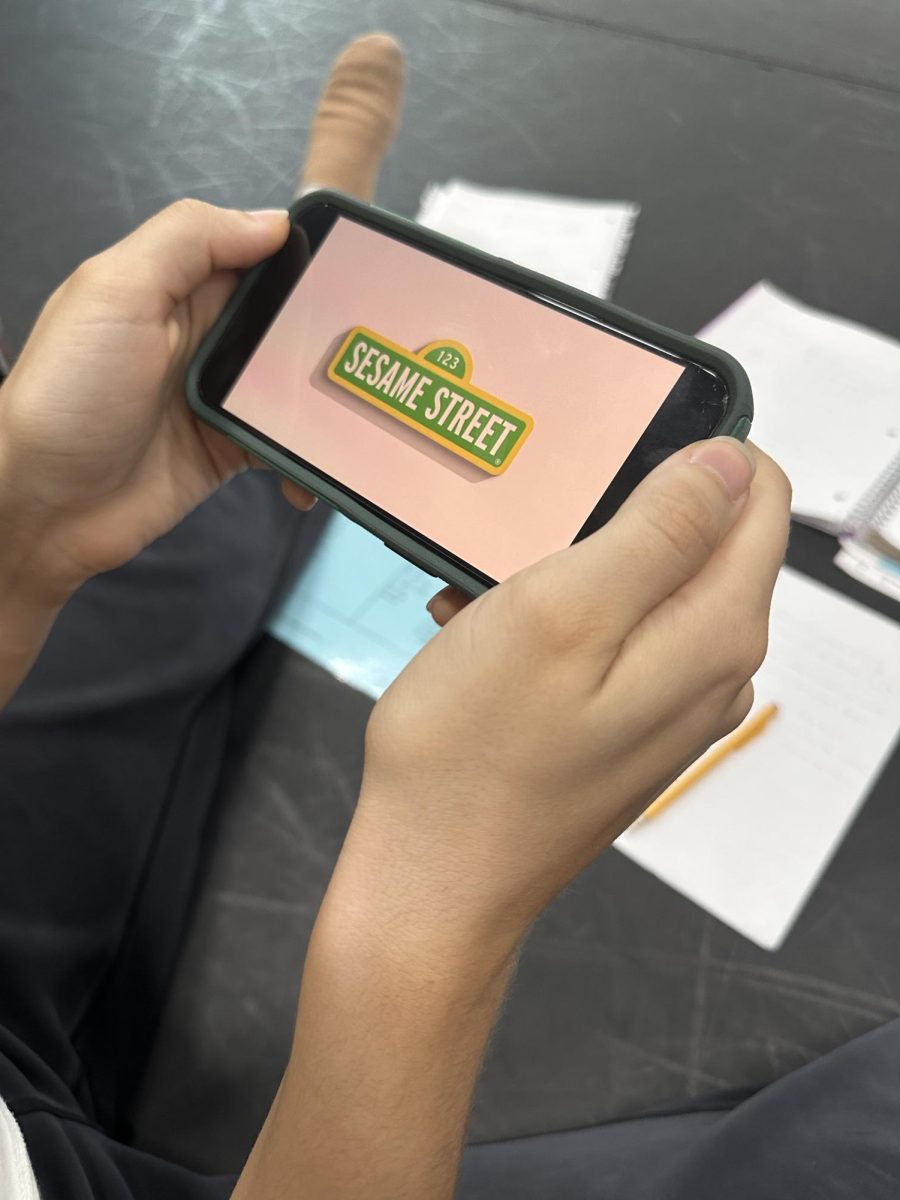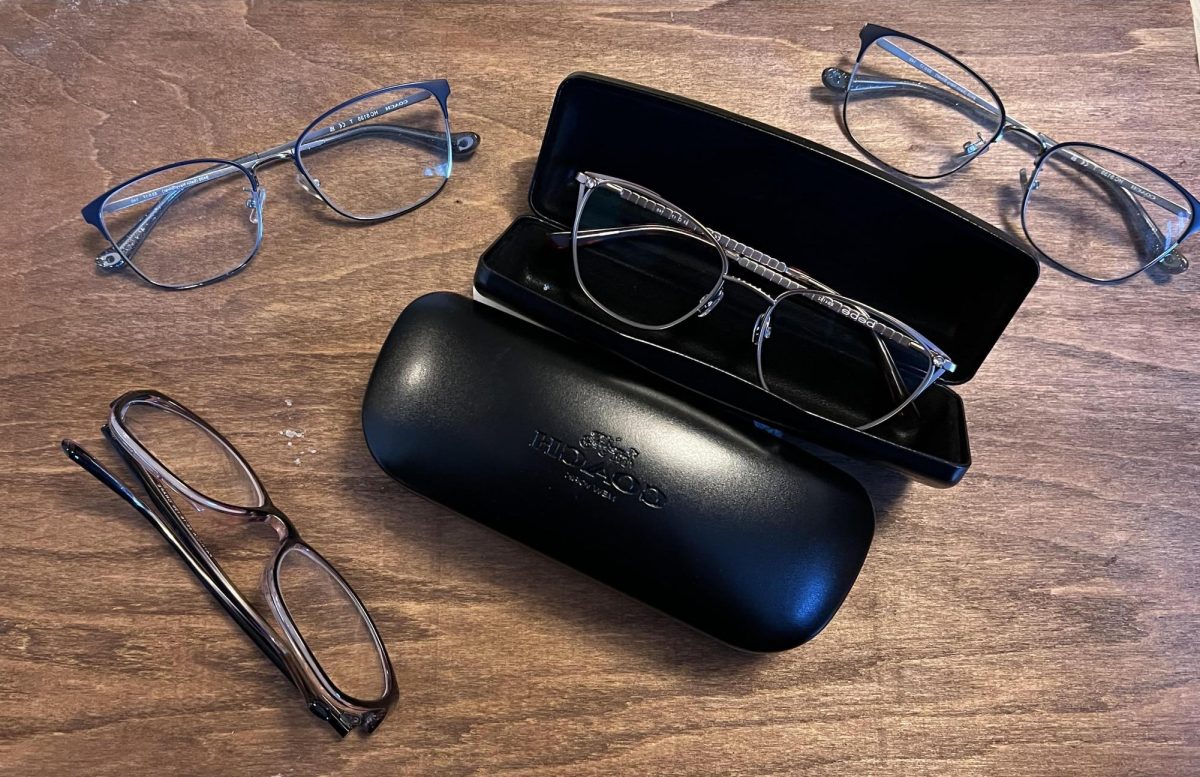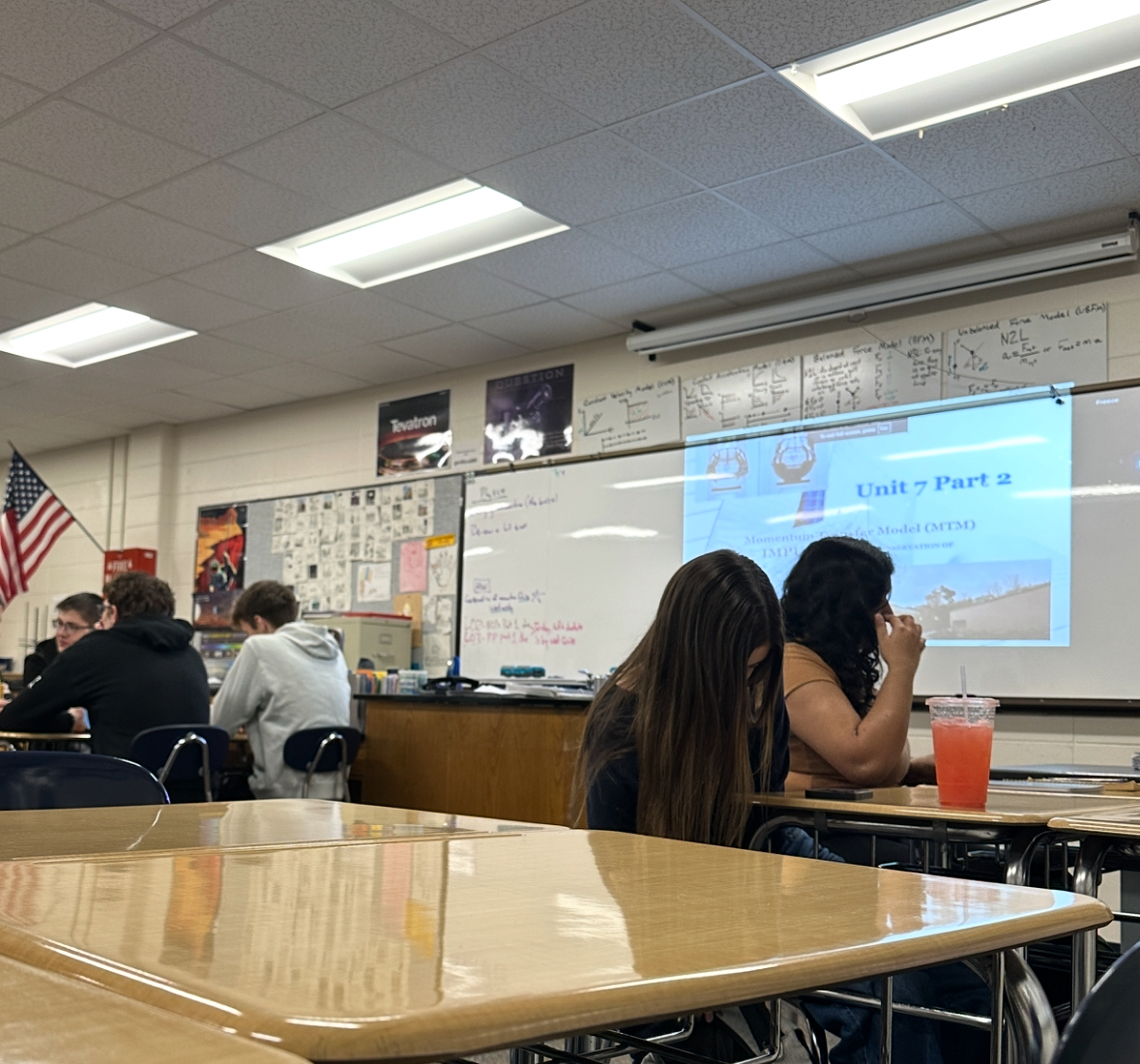A scientific paper about moths’ ability to chew and eat plastic was published in Current Biology. There have been other claims about different insects being able to get rid of plastic waste.
The plastic-eating caterpillars were discovered by biologist Federica Bertocchini. Economist.com reported, “She noticed caterpillars chewing holes through the wax in some of her hives and lapping up the honey. To identify them, she took some home in a plastic shopping bag. But when, a few hours later, she got around to looking at her captives she found the bag was full of holes and the caterpillars were roaming around her house.” These creatures could be used to attempt to get rid of plastic waste, though scientists are still not clear about if this would be efficient enough.
Whether they work or not, people can help out by not using as much plastic. Greeneducationfoundation.org said, “Only 7% of the 30 million tons of plastic waste was recycled in 2009.” If everyone started to recycle more, there would be much less plastic waste in the world today.
Some other ways to cut down on plastic waste are to give up plastic grocery bags or to reuse them and instead use a green reusable grocery bag. Limiting the buying of plastic also helps reduce waste. One way is to use reusable mugs or bottles instead of spending for a plastic one that will just be thrown away after one use. Doing all of these things can greatly improve the plastic pollution that everybody faces today.
People don’t need a caterpillar to be able to reduce, reuse, and recycle in order to make planet Earth a little more green.














